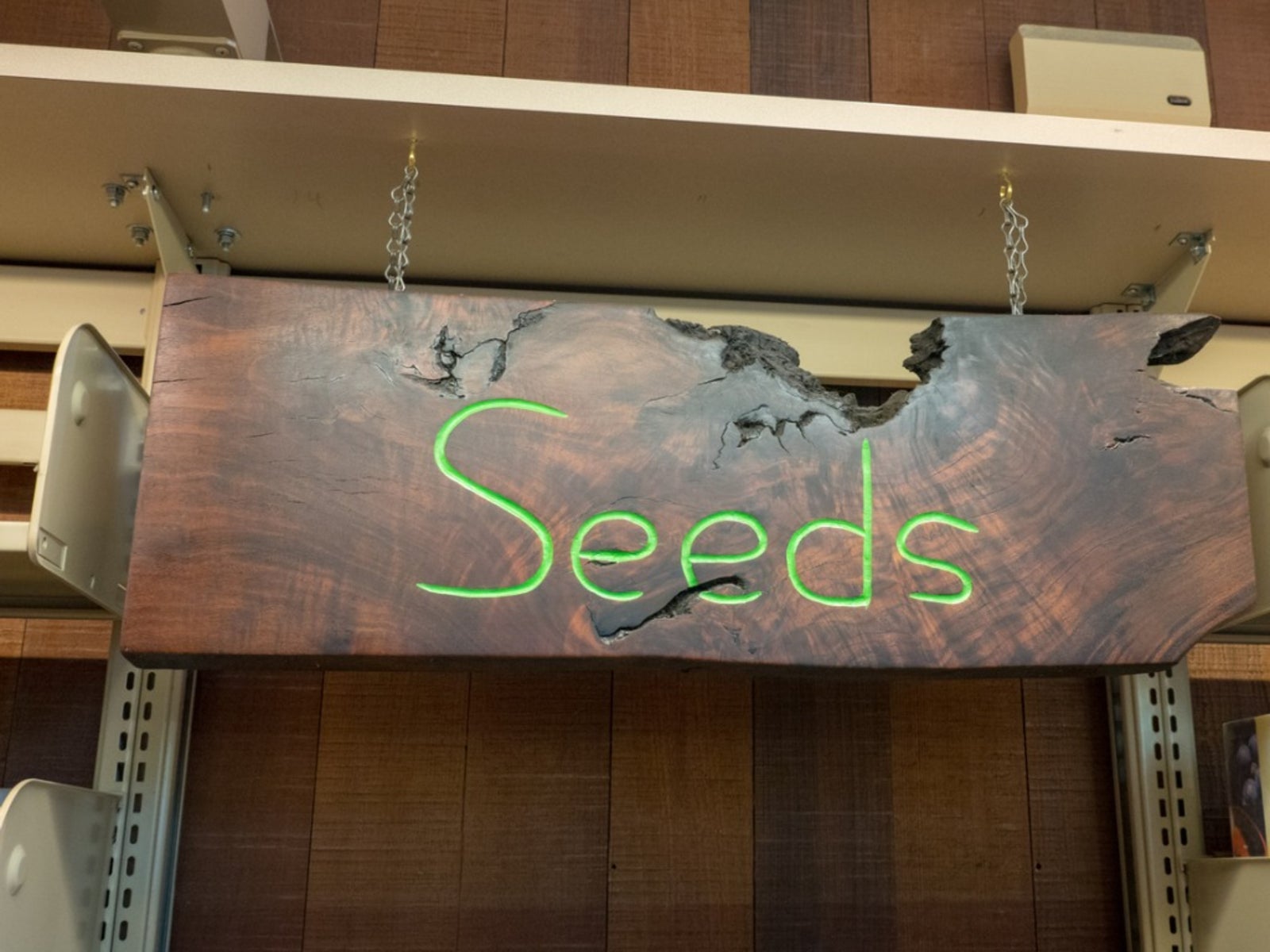Seed Lending Library: How To Start A Seed Library


What is a seed lending library? In simple terms, a seed library is just how it sounds– it loans seeds to gardeners. Exactly how does a seed lending library work? A seed library works much like a traditional library– but not quite. Keep reading for more specific seed library info, including tips on how to start a seed library in your community.
Seed Library Info
The benefits of a seed lending library are many: it is a way to have fun, build community with fellow gardeners, and support people who are new to the world of gardening. It also preserves rare, open-pollinated or heirloom seeds and encourages gardeners to save quality seeds that are suitable for your local growing area. So how does a seed library work? A seed library takes some time and effort to put together, but the way the library works is very simple: gardeners “borrow” seeds from the library at planting time. At the end of the growing season, they save seeds from the plants and return a portion of the seeds to the library. If you have the funding, you can offer your seed lending library free of charge. Otherwise, you may need to request a small membership fee to cover expenses.
How to Start a Seed Library
If you’re interested in starting your own, then there are a few things to consider prior to creating seed libraries.
- Present your idea to a local group, such as a garden club or master gardeners. There is a lot of work involved, so you’ll need a group of interested people.
- Arrange for a convenient space, such as a community building. Often, actual libraries are willing to dedicate a space for a seed library (they don’t take up much space).
- Gather your materials. You’ll need a sturdy wooden cabinet with dividable drawers, labels, sturdy envelopes for the seeds, date stamps, and stamp pads. Local hardware stores, garden centers, or other businesses may be willing to donate materials.
- You’ll also need a desktop computer with a seed database (or another system for keeping track). Free, open source databases are available online.
- Ask local gardeners for seed donations. Don’t worry about having a huge variety of seeds at first. Starting small is a good idea. Late summer and autumn (seed saving time) is the best time to request seeds.
- Decide on categories for your seeds. Many libraries use “super easy,” “easy,” and “difficult” classifications to describe the difficulty level involved in planting, growing, and saving the seeds. You’ll also want to divide seeds by the type of plant (i.e. flowers, vegetables, herbs, etc. or perennials, annuals, or biennial.) Include classifications for heirloom plants and native wildflowers. There are many possibilities, so devise the classification system that works best for you and your borrowers.
- Establish your ground rules. For example, do you want all seeds to be grown organically? Are pesticides okay?
- Gather a group of volunteers. For starters, you’ll need people to staff the library, sort and package seeds, and create publicity. You may want to promote your library by inviting professional or master gardeners to provide informational presentations or workshops.
- Spread the word about your library with posters, fliers, and brochures. Be sure to provide information about saving seeds!
Sign up for the Gardening Know How newsletter today and receive a free copy of our e-book "How to Grow Delicious Tomatoes".

A Credentialed Garden Writer, Mary H. Dyer was with Gardening Know How in the very beginning, publishing articles as early as 2007.